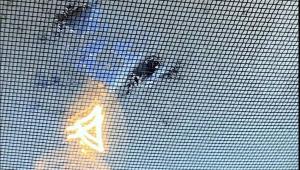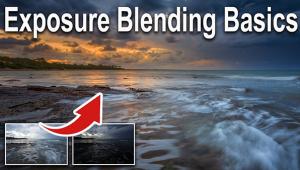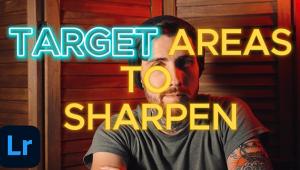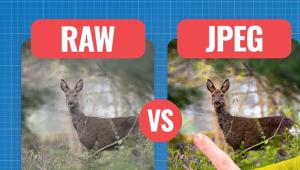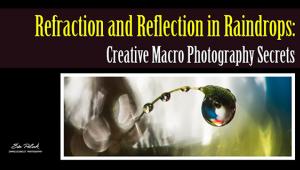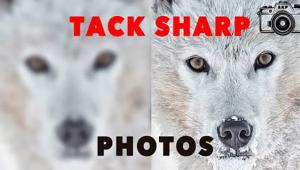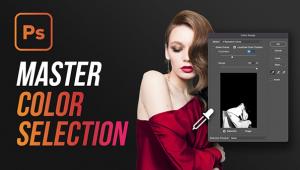Kenko’s KFM-2100 Flash/Ambi Meter; Everything You Always Wanted In A Handheld Meter, And More Page 2
In Action
Using any incident meter simply means holding the meter at the subject position,
with the dome facing the camera. That gives you an exposure reading unbiased
by brightness levels or tonality. Indoors, the meter must be held practically
up against the subject, since the Inverse Square Law tells us that light levels
decrease dramatically with distance--and we'd like to get as accurate
a reading as possible.
While the main display is not backlit, there is enough contrast to make readings
usable under most light levels. I never had a problem with it. The spot read-out,
however, is illuminated.
 |
|
 |
|
 |
|
 |
|
|
One more important point: while you can take readings as EVs (via a custom setting, for ambient light only), measurements are largely shutter-priority. That's designed to keep you on track when using flash, for proper flash sync. Granted, I would have liked to make readings in aperture-priority, but I found this workable. And when you stop and think about it, this design also simplifies meter operation.
Incident Meter Test
As long as your subject is not in shade and you in shadow (or vice versa), a
few feet apart will not affect an incident reading. When I suddenly found this
beautiful white dog at Nova Scotia's Brier Island Lodge posing for me
(okay, the dog was totally oblivious to my presence) and not wanting to disturb
it, I stood several feet away and made an incident reading. Oh, and did I mention
we were enshrouded in fog? The camera meter grossly underexposed the scene because
of both the dog's light tonality and the prevailing wash of light tonalities
surrounding us. The Kenko meter produced a beautiful image.
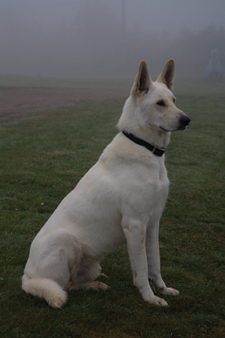 |
 |
|
|
||
Key Specifications
Kenko KFM-2100 handheld spot/incident ambi/flash meter
· 1° spot measurement built-in, with dioptric adjustment
· Rotating turret with incident dome
· Silicon photocell
· Liquid crystal display (external not backlit; internal illuminated)
· Other features--brightness range display; highlight/shadow-biased
readings; averaging (up to 10 readings in memory); shutter speed settings in
whole, 1/2, and 1/3 steps; sync terminal
· Powered by one AA battery
· Size (WxHxD) & weight--2.6x7x1.2"; 6.5 oz
· Price--$799 MSRP (less online and in stores)
I've used lots of meters over the years. I was impressed by this meter
before, and continue to be impressed now. Kenko did a good job preserving the
integrity of a meter that has long been a cornerstone for serious and professional
photographers.
For more info, contact: THK Photo Products, Inc., 7642 Woodwind Dr., Huntington
Beach,CA 92647; (800) 421-1141; www.thkphoto.com.
Jack Neubart is the author of "Photographer's Exposure Handbook" (Amphoto, 2007).
- Log in or register to post comments





